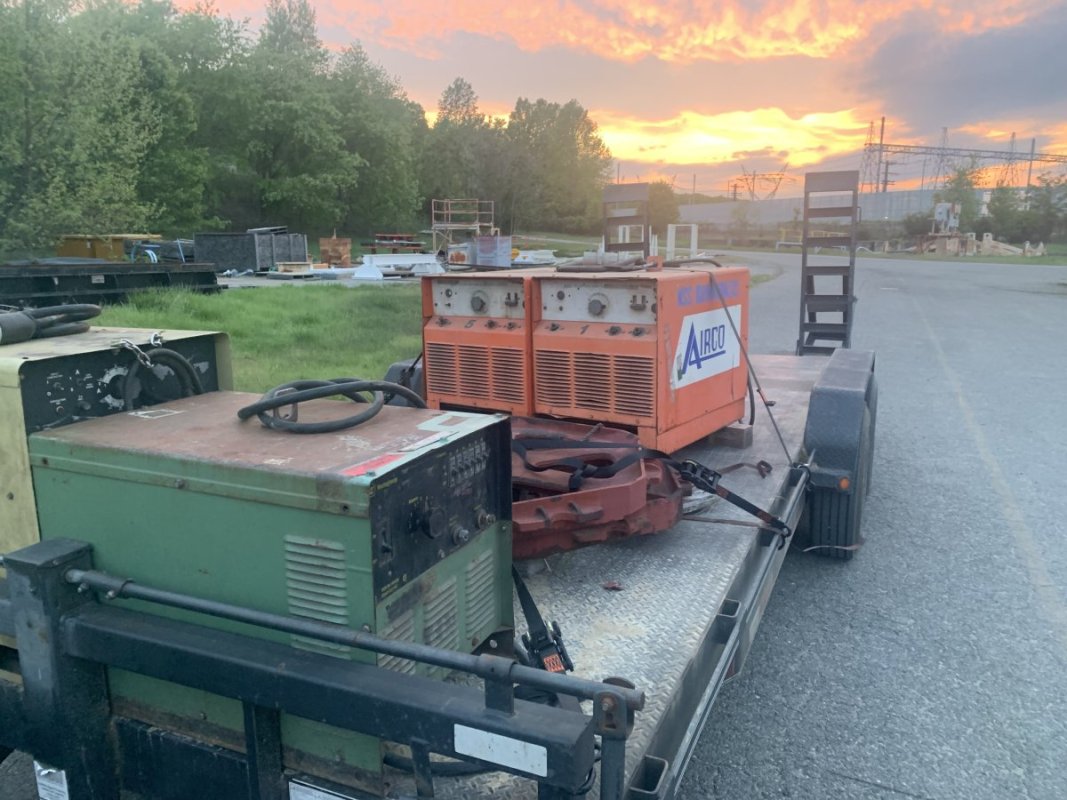I’m not sure if this is the correct area, if not please move.
I getting ready to build a shooting area. It is probably going to be located in the flood plane as that is what provides the best safe area to shoot. That is the good news. The bad news is that I am going to be along the creek and on the other side of the creek. The topography probably rises 70 vertical feet cross the creek pretty fast. Obviously that makes a great safety barrier.
What else do you guys that have built ranges recommend I think about. I’m not doing any thing fancy, just a place where I can shoot and take my kids to shoot.
I think I want at least some steel targets.
Please help enlighten me because I’m sure there has been a ton of things I have not thought about.
TIA
I getting ready to build a shooting area. It is probably going to be located in the flood plane as that is what provides the best safe area to shoot. That is the good news. The bad news is that I am going to be along the creek and on the other side of the creek. The topography probably rises 70 vertical feet cross the creek pretty fast. Obviously that makes a great safety barrier.
What else do you guys that have built ranges recommend I think about. I’m not doing any thing fancy, just a place where I can shoot and take my kids to shoot.
I think I want at least some steel targets.
Please help enlighten me because I’m sure there has been a ton of things I have not thought about.
TIA











